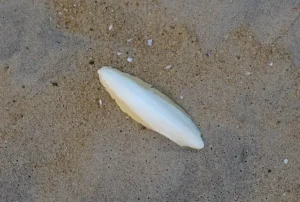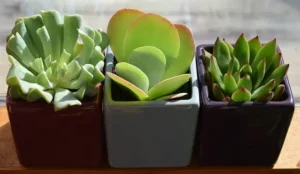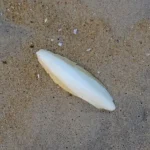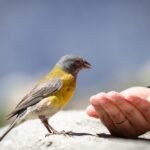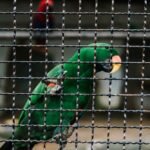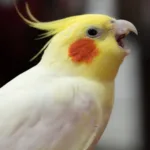It can be quite concerning when your usually food-loving parrot suddenly refuses to eat. After all, a healthy diet is crucial for their health and well-being.
When a parrot stops eating, it’s essential to identify the possible causes. There can be different factors that may contribute to this behavior, from food preferences to more serious health issues.
If your parrot is not eating as much as usual, it may be due to various reasons such as illnesses, an injured beak, diet changes, stress, or constipation.
In this article, we’ll go over the reasons why your parrot is not eating as before and share tips on how you can get its appetite back.
Quick Navigation
Reasons Why Your Parrot Is Not Eating
There are two main reasons why a parrot may not eat: behavioral and health-related. Understanding these factors in more detail can help us know why your parrot may be exhibiting this change in eating behavior.
- Health-Related
- Behavioral
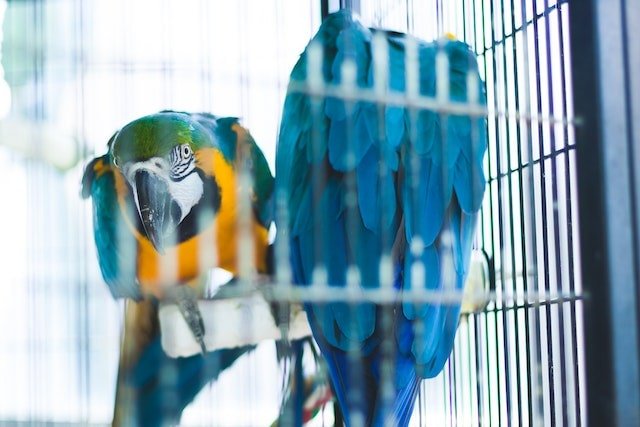
Health-Related Reasons
Constipation
Constipation is a rare condition in parrots. It mostly occurs when a parrot has been fed an unbalanced diet for a long time, typically an all-seed diet. If your parrot is not eating but still drinks water, it may be that it is just constipated and wants to relieve itself. During constipation, you may notice symptoms such as straining to pass stool, infrequent or reduced droppings, and lethargy in addition to a decreased appetite.
Beak Injury
Beak injuries can significantly impact a parrot’s ability to eat normally. A parrot’s beak is an important tool in holding and tearing food. When a parrot sustains a beak injury, it can lead to pain, and discomfort, which hinders its ability to break its food effectively.
Beak injuries may include fractures, cuts, misalignments, or scissor beaks. This can result in a decreased appetite or reluctance to eat altogether. It is critical to address beak injuries promptly by seeking veterinary care. The injury may also be inside the parrot’s mouth, so it is a good idea to look there as well.
Stress
Stress is a common problem in social pet birds such as parrots. It can have a significant impact on a parrot’s overall health and may lead to a reduced desire to eat. However, stress is a deeper problem and a loss of appetite may just be one of the symptoms of it. Stress in parrots is often accompanied by other behavioral changes such as feather plucking, vocalization changes, and aggression.
Illnesses
Certain infections and parasites can also cause the appetite to go down in parrots. This can be a symptom of underlying health conditions. Unfortunately, birds often try to hide their diseases instinctively and the outward symptoms may only manifest when it is too late. So if your parrot is not eating and appears to be sick, it may have a serious health issue. These may include bacterial infections, parasites, nutritional deficiencies, and even potentially fatal diseases.
Signs your parrot is sick:
- Fluffed up feather
- Lethargy
- Depression
- Sleeping a lot
- Weight loss
- Bobbing tail
- Reduced vocalizations
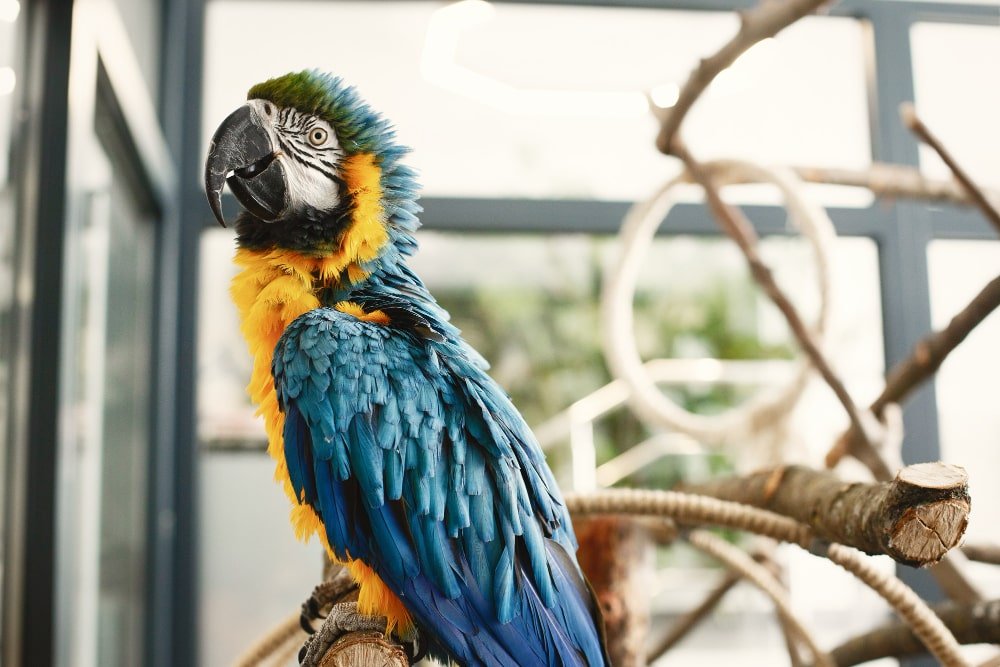
Behavioral Reasons
Change In Diet
Parrots, like us, do have preferences when it comes to their diet. If you recently changed their diet, it could be possible that your parrot may not have liked the new foods you introduced. Whether it is pellets of a different brand or just a fruit it is eating for the first time.
Sometimes, the parrot won’t eat anything but seeds. This happens when a parrot has been on a seed diet for too long. In such cases, you may try switching up the foods in their diet slowly. However, that does not mean you should revert to an unhealthy diet, rather, try and include more foods that you know they like while still giving them healthy fruits and veggies.
Unfamiliar Surroundings
Parrots like their daily routine to be stable, so any change in their surroundings may not always be received well. When they are suddenly exposed to a new environment, such as moving to a different house or being placed in an unfamiliar cage, it can lead to feelings of stress and anxiety.
It is quite common in new birds. If you recently brought home a new parrot, either from a pet store or a breeder, it may take a while to adjust to its surroundings. Changes in surroundings can disrupt their sense of security, resulting in a decrease in appetite. To help your bird feel more at home and secure, It’s important you provide them with a comforting environment. And as the parrot acclimates to the new environment, it will gradually restore its appetite.
How To Get Your Parrot To Eat
Once you have ruled out the medical reasons, there are a few ways to stimulate your parrot’s appetite. Here are my top tips to get your parrot to start eating again:
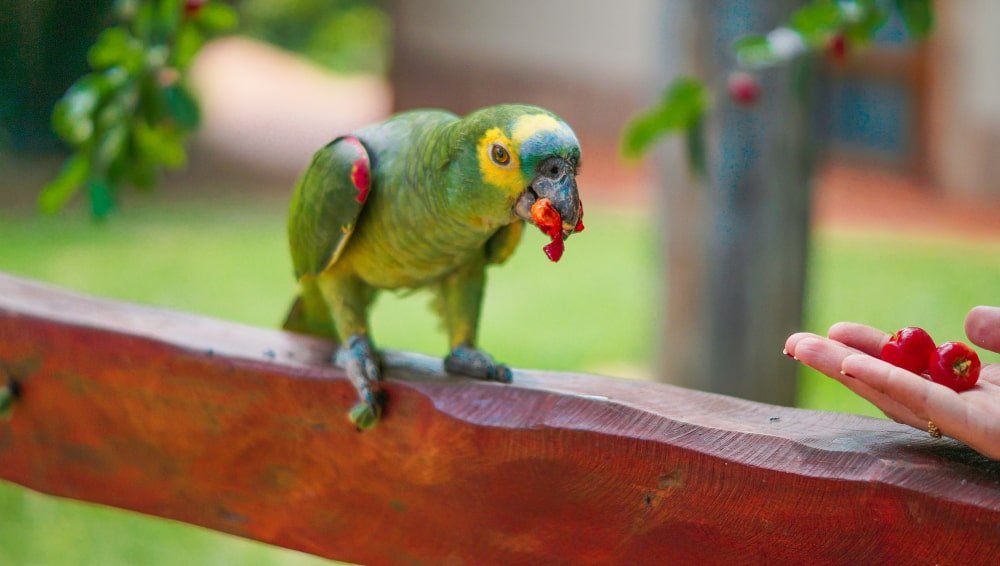
Add More Fiber
If you have had your parrot on a seed diet and it shows signs of constipation, the first thing you should do is offer it some fibrous foods. Fiber is an important part of a parrot’s diet as it helps to regulate bowel movements and keep the digestive tract functioning smoothly.
In many cases, giving the parrot some water and high-fiber foods helps to resolve the issue quickly. However, It is important to note that constipation in parrots is rare and may be a symptom of underlying health issues. So if your parrot seems ill in addition to being constipated, it is better to visit an avian veterinarian right away.
Wean Them Off Seeds
Reluctance to move away from a seed-based diet is a common problem in pet birds. If your parrot has been on a seed diet for a long time, it will have a hard time switching to healthy foods. Some birds may insist on having seeds and would eat nothing else. But don’t worry, it is not like an addiction. Just a matter of will and consistent effort from your side.
You cannot change your parrot’s diet overnight. This will cause them to rebel and not eat at all. So the best way to introduce healthy foods into your parrot’s diet while also removing the unhealthy ones is by a slow transition.
You can sprinkle seeds in foods that they like. For instance, I made my parrot an omelet with seeds and veggies mixed into it. Just like that, you can get creative and mix seeds into the food you give them, whether it is pellets, veggies, or fruits. You can gradually start to remove the seeds from their foods and fully transition them to a balanced diet.
Eat In Front Of Your Parrot
Eating in front of your parrot is one of the easiest ways to entice them into trying new foods. Most parrots will nibble on foods their owners are having even when they have food on their plate. You must’ve noticed this too with your parrots whenever you ate anything in front of them. It can be an easy way for your parrot to get a taste of healthy food that it is showing reluctance to eat.
Show Them It Tastes Good
In addition to eating in front of your parrot, you can also make the food look more tempting by teasing them. By teasing what I mean is playfully piquing your parrot’s curiosity and interest in the food.
You need to bring the food closer to them and slowly entice them with the opportunity to investigate and explore. Pay close attention to their body language, making sure they remain eager. By teasing your parrot with appealing food, you can stimulate their appetite and get them to taste food again.
Foraging Toys
If your parrot seems disinterested in the food you’re giving them, why not make the way you offer it more interesting? Foraging toys are a great way to feed your parrot and keep them entertained. These toys can be filled with treats or their regular diet food, encouraging the parrot to actively explore, look for and work for their meals. This method mimics the natural foraging behavior of parrots and also helps to bring back their interest in food by making mealtime fun.
New Foods In The Afternoon
Contrary to what most people would tell you, the best time to introduce new food to your parrot is in the afternoon when they are less hungry. They don’t easily take new foods when they’re hungry and impatient. You may try to feed them in the afternoon as they’re more curious than and are likely to eat without creating any fuss.
Offer Foods That Resemble Seeds
As I said before, it can be hard for a parrot to let go of a seed-based diet easily. So while you cannot feed them seeds, you can actually trick them into eating foods that resemble them. One of those foods is sprouts. Sprouts are made by soaking seeds in water allowing them to germinate and grow into edible plants. Most parrots would love to nibble on them as they look the same as seeds. The same goes for foods like broccoli, rice, millet, etc.
Use Their Favorites
Incorporating more of the preferred foods into your parrot’s diet can be a helpful strategy to encourage them to eat if they are currently not showing much interest in their food bowl. Take note of the specific fruits, vegetables, or seeds that your parrot particularly enjoys, and include them in their daily meals.
Improve Food Presentation
The way you present food to your parrot can also influence its eating habits. Parrots choose what they would like to eat by its visual appeal first. So if the food does not particularly look good, it may not interest the parrot much.
And yes, I know it can be time-consuming to prepare food like that. Most of us do not have that much time but you do not have to exactly decorate the food. You can simply mix different foods utilizing their bright colors to attract parrots. Chop the food into bite-sized pieces or create visually stimulating food skewers. Additionally, rotating the types of dishes or using different feeding platforms can help prevent boredom.
When To Seek Veterinary Help If Your Parrot Isn’t Eating?
If your parrot seems a little picky with its food choices for a couple of days but then everything gets back to normal, you need not worry. However, if your parrot shows clear symptoms of illness such as vomiting, lethargy, sitting on the cage floor, closed eyes, etc., in addition to the loss of appetite, it is crucial to get it to an avian veterinarian immediately.

